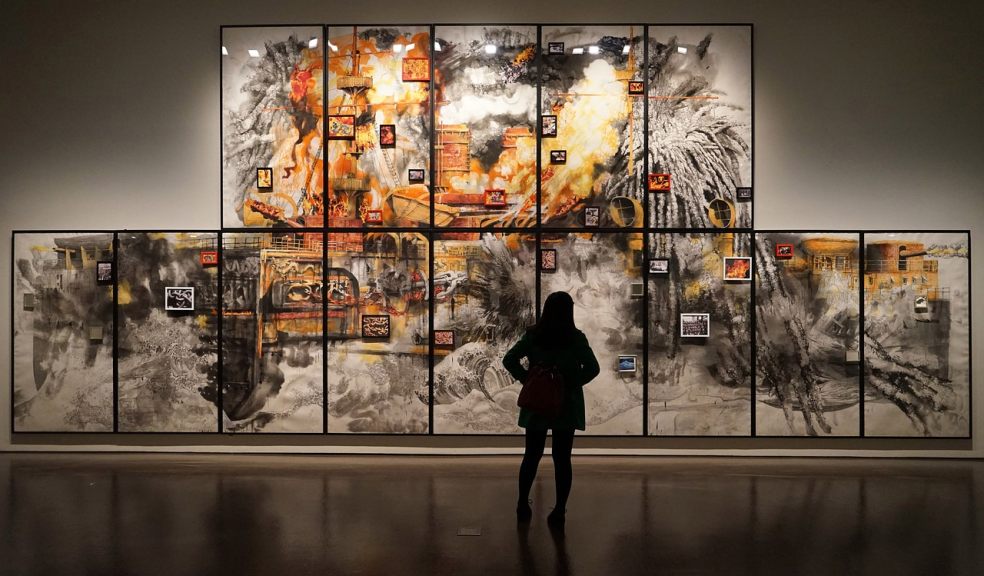
Digitalised Museums: Exploring the Future of Art and Culture
Digitalised museums symbolise a real revolution in the world of art and culture, opening up new possibilities for exploration and learning. This transformation not only concerns the accessibility of works of art by a wider public but goes far beyond this by redefining the very concept of a museum.
Among the first digital products to make their way into museums and, more generally, into events and exhibitions, are LED screens and LEDwalls that introduced high-resolution, high-definition video and images. These are useful communication tools capable of capturing attention quickly and effectively. In order to create customised solutions in response to all kinds of needs, including those of museums, it is possible to turn directly to specialised companies, for example by visiting https://www.macropix.com/ledwall/, one of the market's benchmark companies.
In the future, we can expect this evolution to continue shaping the way we interact with cultural heritage, challenging traditions and creating new types of experiences.
Access Democracy
One of the main benefits of digitising museums is the democratisation of access to art and culture. Thanks to online platforms and immersive technologies, people can explore museum collections around the world without leaving their homes. This global accessibility will break down physical and socio-economic boundaries, allowing anyone, anywhere, to view works of art and cultural artefacts. Furthermore, the integration of technologies such as virtual and augmented reality will offer interactive and immersive experiences, turning the viewer into an active participant in the discovery of art.
Immersive and interactive experiences
Cultural institutions are expected to increasingly embrace immersive technologies to offer unique experiences to virtual visitors. 3D virtual environments will allow users to explore digital museums in a similar way as they would physically. In addition, interactive interactions will allow people to deepen their understanding of artworksthrough digital guides, educational games and other activities. This transformation is not intended to replace the physical experience, but rather to enrich it, offering new tools and approaches to appreciate art in an innovative way.
Artificial intelligence and virtual reality
In the future, the integration of emerging technologies in museums will be crucial to further enrich the user experience. The use of artificial intelligence will allow virtual tours to be customised according to the individual's tastes and interests, offering targeted suggestions and insights into specific works of art.
Virtual reality, in addition to creating immersive environments, could allow users to interact with cultural artefacts in innovative ways, paving the way for new forms of artistic expression and interpretation of cultural heritage.
Digital protection of cultural heritage
Digitalised museums will play a crucial role in the digital preservation of cultural heritage. The creation of advanced digital archives will ensure the preservation of works of art and historical artefacts for future generations. This will not only protect cultural heritage from damage in its own way, but also enable new opportunities for study and research through digital analysis of works and global knowledge sharing.
Despite the many advantages of digitising museums, the challenges of change should not be underestimated. Indeed, the protection of users' privacy, the security of digitalised artworks and the management of sensitive information will require the implementation of robust policies and protocols.














